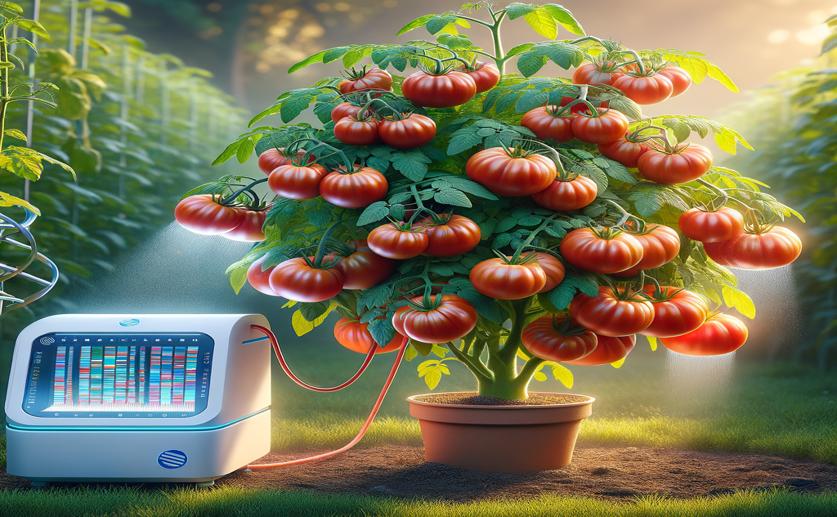
Boosting Tomato Plant Growth with CRISPR Technology
Jim Crocker
3rd April, 2024

Image Source: Natural Science News, 2024
Key Findings
- Scientists at Cinvestav used CRISPRa to turn on a gene in Micro-Tom tomatoes, enhancing plant traits
- The technique led to the creation of whole plants from non-reproductive tissues, aiding plant breeding
- This method could lead to crops that better withstand environmental stresses, securing food sources
References
Main Study
1) Editing of SlWRKY29 by CRISPR-activation promotes somatic embryogenesis in Solanum lycopersicum cv. Micro-Tom.
Published 1st April, 2024
https://doi.org/10.1371/journal.pone.0301169
Related Studies
2) Epigenome Editing: State of the Art, Concepts, and Perspectives.
3) Epigenetics and epigenomics: underlying mechanisms, relevance, and implications in crop improvement.
4) History of CRISPR-Cas from Encounter with a Mysterious Repeated Sequence to Genome Editing Technology.



 30th March, 2024 | Jim Crocker
30th March, 2024 | Jim Crocker